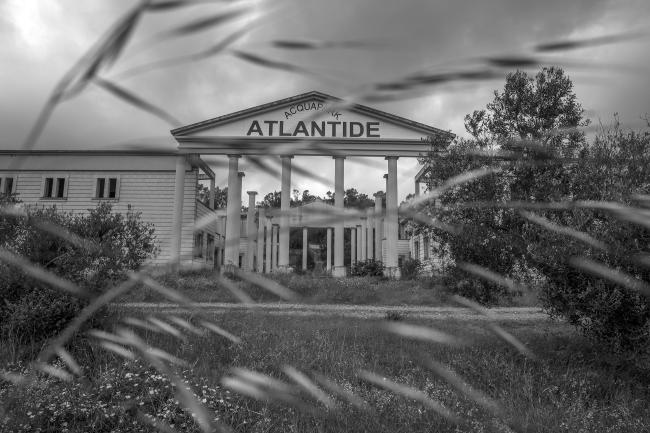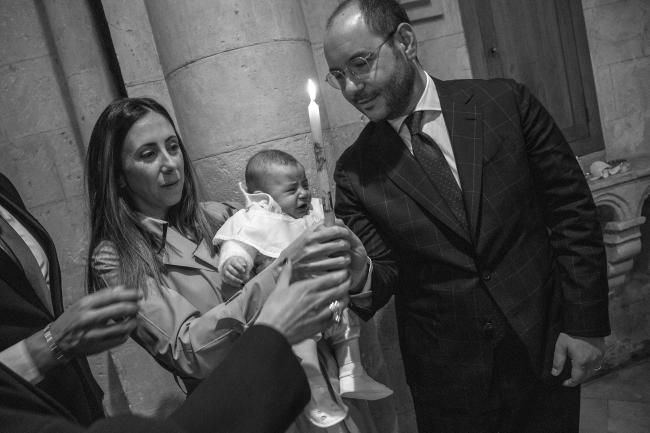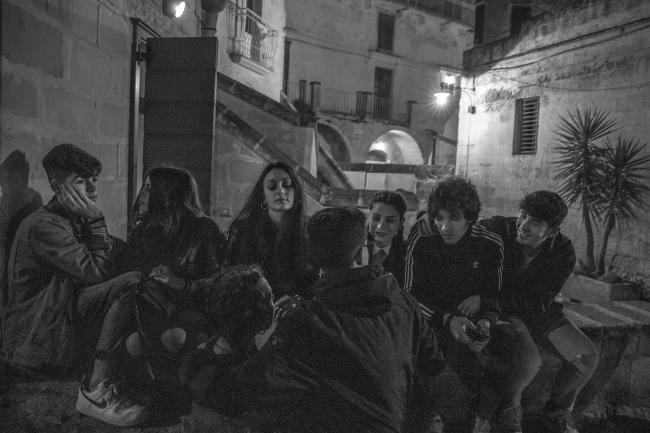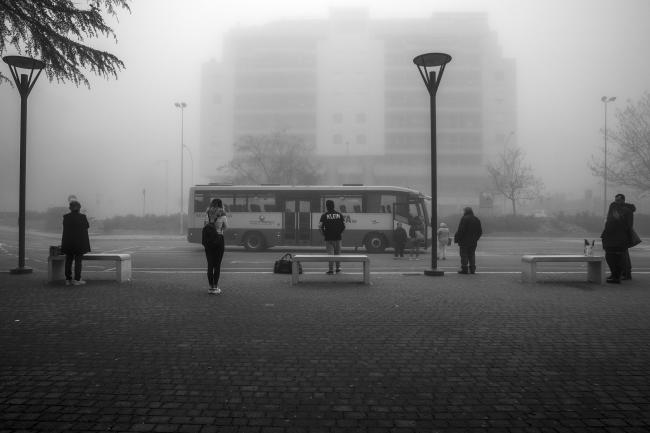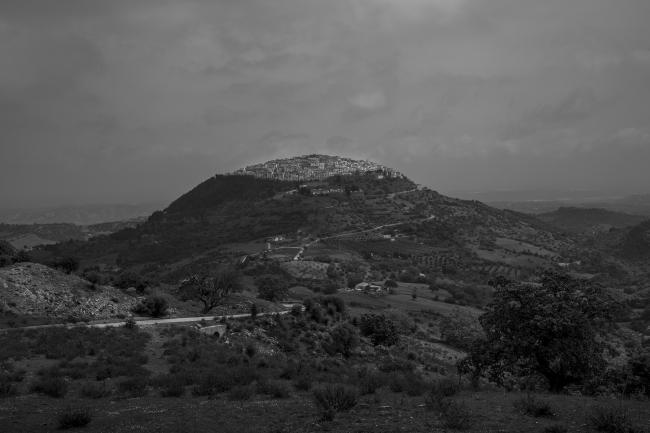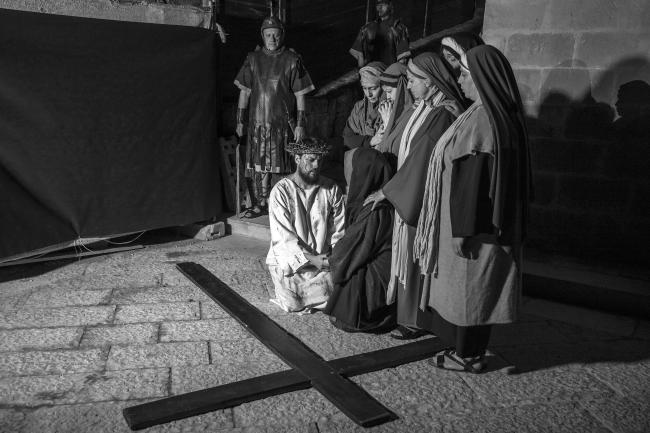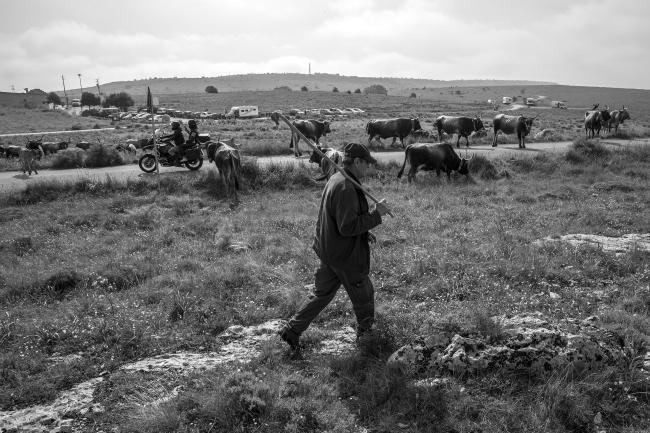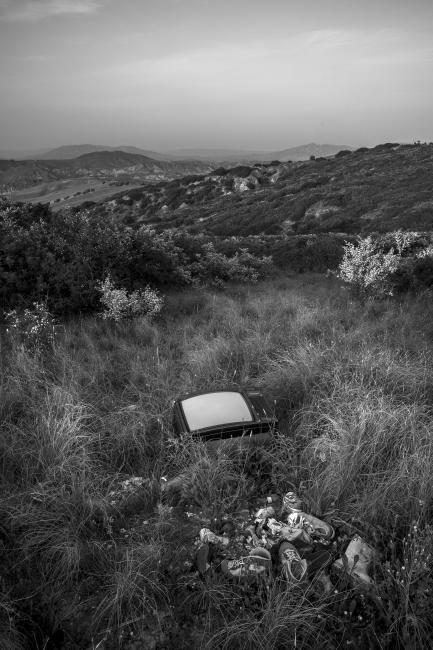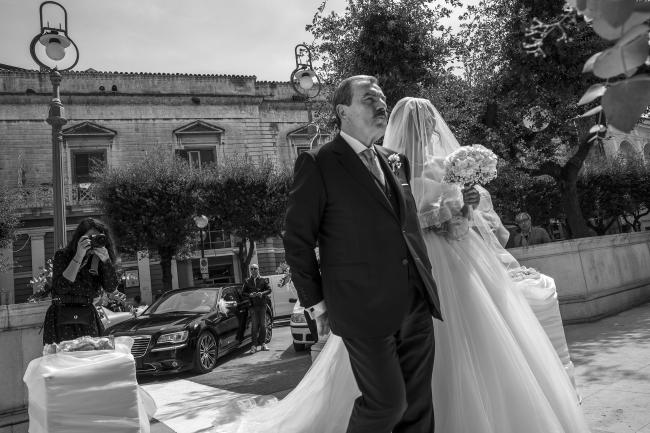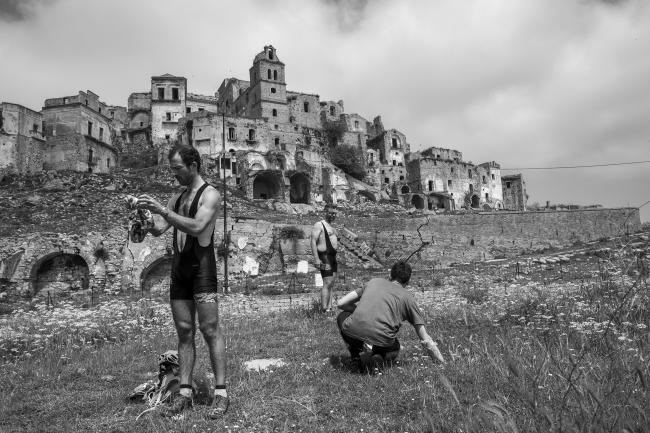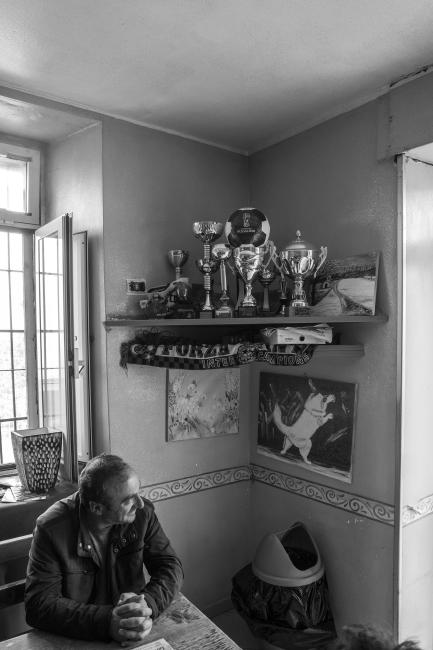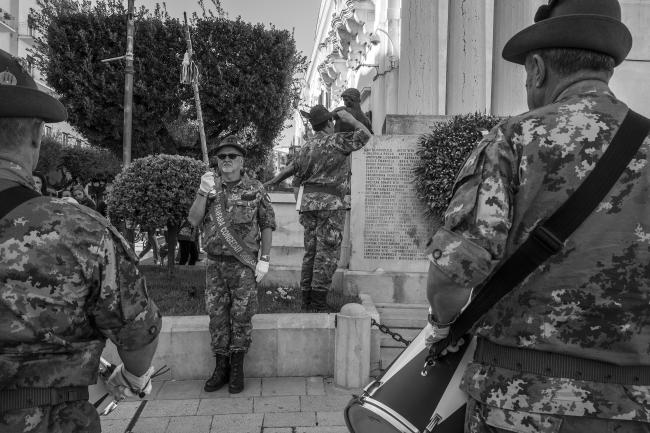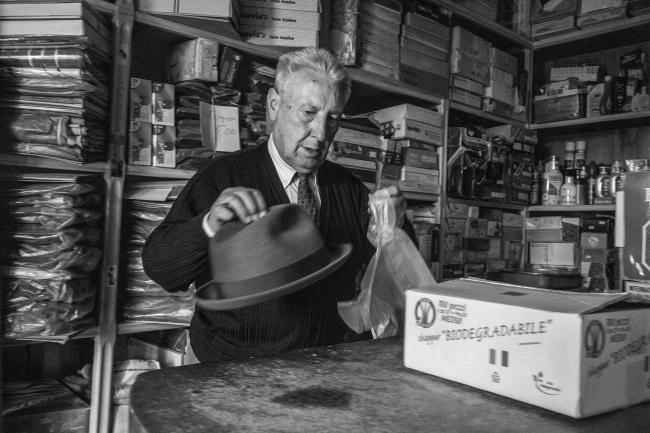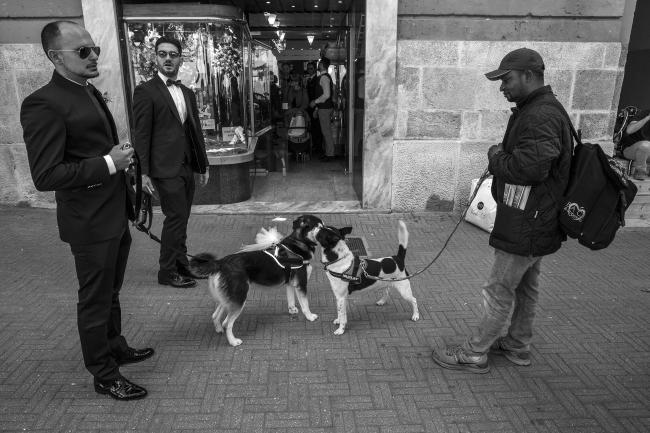Basilicata is one of the poorest regions in Italy. Even with Matera being the cultural capital of Europe the economic situation for most inhabitants didn’t changed. Deep in the bottom of the Agri Valley lies the largest oil deposits in continental Europe. At the beginning of oil production, many of the inhabitants hoped for wealth and jobs, but over the years at least 400 tons of crude oil seeped into the soil and the river Agri. Italian oil company ENI illegally searched for oil in the 1980s. Environmental regulations have been systematically bypassed, and a corrupt network has developed that has been on trial since November 2017. Although the pollution caused by oil production affects only a small part of the Agri Valley, it affects agriculture throughout the valley. Who wants to buy products from an area that you think is totally contaminated? Even if only part of the valley is contaminated, the distant customers do not know that. This had devastating consequences. In the last 20 years, the share of agriculture in the gross national product of Basilicata has plummeted by 50%.
Located directly on the E90 lies an abandoned major tourist project in Basilicata. Like an ancient temple, the portal rises into the southern Italian landscape. Atlantide was never completed, which is easy to read off the missing slide elements. In Basilicata, there are many of these gray skeletons that testify to failed attempts of tourist development or industrial settlement.
The small town of Rotondella with less than 3,000 inhabitants was inhabited already in the Neolithic period. Like many of the neighboring communities (Colobraro, Nova Siri, Policoro, Tursi and Valsinni) It is strategically located on a peak at 576 meters altitude and was already used by the Greeks and Romans as a point of observation. Some buildings date back to the 16th century.
At the latest since Mel Gibson's movie "The Passion of the Christ" of 2004, Matera is established in the film industry as a stage for the Bible. In the year of the Capital of Culture, the parish of the Parrocchia Maria Santissima performs the Passion with 150 amateur actors. The last 12 hours in the life of Christ are part of the official program of the Capital of Culture and are intended primarily as a cultural offer for the inhabitants of Matera.
The cowherd Gaetano Scarilli. The Basilicata region is dominated by agriculture. Through the sparsely populated land shepherds lead their sheep or cow herds. The increased amount of tourists makes their work increasingly difficult. They are losing more animals in car accidents. Gaetano Scarilli owns around 50 cows and produces cheese from their milk, which he sells locally.
Young men in a village pub in Rotondella. Youth unemployment in Basilicata is 55.1%, making it one of the highest in Europe. Although Italian governments have been trying to attract industry through state subsidies for decades, young adults under the age of 25 have been emigrating for a long time. The average per capita income here is EUR 18,000. The EU average is EUR 29,200. Many of the remaining young people work in agriculture or in the emerging tourism industry.
Wedding at the church San Francesco da Paola. In Italy, 80.8% of the population belong to the Roman Catholic Church. Most of the approximately 200,000 couples who marry each year prefer a church wedding. In Italy, church weddings are recognized by the state as having the same status as civil marriages.
Like a silver snake, the pipeline runs through the Agri valley. Sometimes it runs above ground, sometimes underground. In 1992, 7,000 barrels of oil were processed daily, now there are, according to Eni 82,000, which should soon rise to 104,000 barrels. Through a 136 km long pipeline, the oil then reaches Enis refinery in Taranto. Tankers have been picking up contaminated water and crude oil in the region for years. Environmentalists are certain that the groundwater has been contaminated and has reached almost the Agri.
Cyclists in front of the ghost town Craco. The city of Craco, documented since the 800th century, was partially destroyed in 1963 by an enormous landslide. Parts of the outskirts then had to be evacuated. Further landslides triggered by infrastructure measures on the canal and water system of the city and a flood in 1972 maked other parts of the place uninhabitable. The earthquake in Irpinia in 1980, with a magnitude of 6.9, made rebuilding the city impossible and the last residents left the city the same year.
The bar Charlie Brown at Colobraro. Colobraro has a reputation in the region as a place of misfortune - a superstition that makes the inhabitants of the surrounding area even avoid pronunciation of the place name. Maybe it's the origin of the village name. From the Latin Coluber: the serpent. The villagers try to use this superstition economically. In the village pub Charlie Brown you can buy for 2 euros amulets against the disaster, or even pictures of black and white cats, which allegedly cause a lot of mischief.
Beehives on a farm in the Agri Valley. Although the pollution caused by oil production affects only a small part of the Agri Valley, it affects agriculture throughout the valley. Who wants to buy products from an area that you think is totally contaminated? Even if only part of the valley is contaminated, the distant customers do not know that. That had devastating consequences. In the last 20 years, the share of agriculture in the gross national product of Basilicata has plummeted by 50%.
Bees once had cultic significance in Matera and the surrounding area. In many rock churches you can still see the beehives hewn from the stone of the hermits, and Saint Ambrose, patron saint of beekeepers, can be found on many frescoes on the cave walls. Today beekeepers have sales problems outside Basilicata.
Vincenzo fashion seller from Colobraro. Vincenzo and his wife Gina have been running the clothing store in the small town for more than 40 years. His mother came to Colobraro as a maid at the age of 12 from Brazil and started a family here. When she died at the age of 101, the economic decline of the business was already apparent. Vincenzo has been selling very little clothing for several years. The shirts and fabrics on the shelves are mainly from the 1970s and 1980s.
The funeral of Maria Carmela Serravalle in Pisticci. Italy has a population growth of - 0.14% per year. The birth rate has dropped to 1.39 children per woman. This makes Italy one of the laggards in Europe. In the remote villages of Basilicata one feels this development very strongly. In part, the number of inhabitants has fallen by 30% in the last 10 years. In Pisticci, the population has declined from 18,300 in 1991 to 17,300 in 2011.
Emre a refugee from Ghana sells lighters, stove lighters and other utensils to make a living. In the picture he kindly holds the dog of a stroller who wants to buy something in the café.
From the beginning of 2015, the increased number of refugees was used in many communities in Basilicata to remedy the labor shortage and to increase the number of services. New arrivals were distributed in small groups to many different locations that needed new residents for a variety of reasons. This has led to a very warm reception of large parts of the refugees and good integration.
